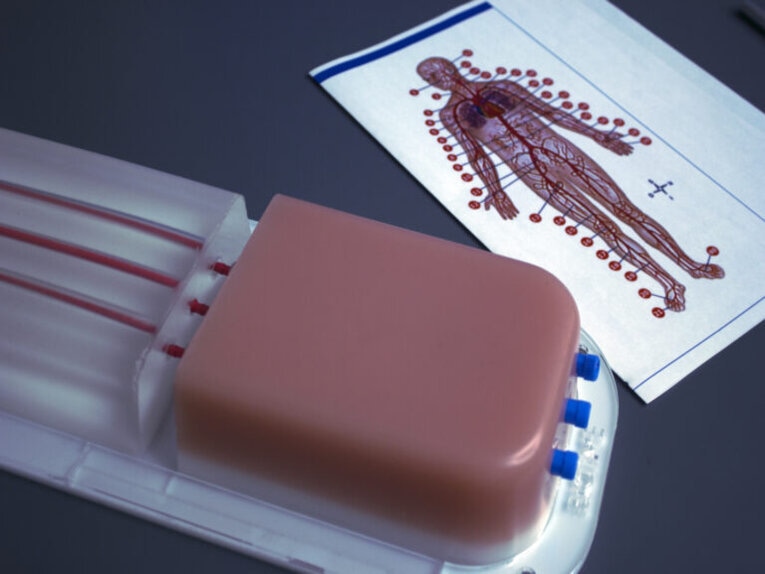
#Product Trends
VARICOSE VEIN ABLATION BY PHYSICAL-CHEMICAL PROCEDURES I (Flebogrif Method).
BIOTME'S CONTRIBUTION TO THE LEARNING OF THIS TECHNIQUE
With the development of minimally invasive techniques, medicine has been revolutionized, transforming, how could it be otherwise, the treatment of varicose veins with excellent results in terms of effectiveness. We will talk about one of the most widespread systems for non-thermal vein ablation, the PHYSICAL-CHEMICAL method of Flebogrif®.
Thermal endovenous procedures, such as radiofrequency (RF) and endolaser (EVLA), are the procedures of choice in the treatment of varicose veins. They have few complications, minimal scarring, and short recovery times. However, these techniques require the use of tumescent anesthesia, which increases discomfort and pain during the procedure. They are also associated with moderate rates of postoperative discomfort and carry a risk of neurological and skin damage.
For some years, methods have been developed that, being just as effective, do not have all these drawbacks and are better tolerated by the patient.
BALTON offers the market a set equipped with retractable scratch elements and is used for mechanical ablation in the treatment of varicose veins (Flebogrif ®) that allows the procedure to be carried out in outpatient conditions, without the need for long medical hospitalization. term.
No general or regional anesthesia is required for this minimally invasive procedure. Only local anesthesia (1% lidocaine) is administered, greatly reducing the risk of the procedure and improving patient comfort.
Ultrasound is used during the procedure to ensure maximum safety and precision of treatment.
The contribution of Flebogrif ® that consists of the simultaneous mechanical damage of the inner layer of the vein and the controlled administration of a foam.
FEATURES
• painless outpatient procedure
• no thermal action
• Easy to use
• no need to invest in additional medical devices
• short procedure time
• possibility of adjusting the diameter of the scraper elements to the diameter of the grain
• excellent and long-lasting cosmetic effect
• quick recovery
• without tumescent anesthesia
Recently, BIOTME has developed an anatomical medical training simulator (SAEM-E) to carry out practices with this ablation technique.
With this simulator, we will begin to put simulators composed of two elements assembled and connected together at the service of medical training, which will facilitate the replacement of the part that is most damaged in the simulator, the section where the puncture is made and the module where it is does the ablation.

